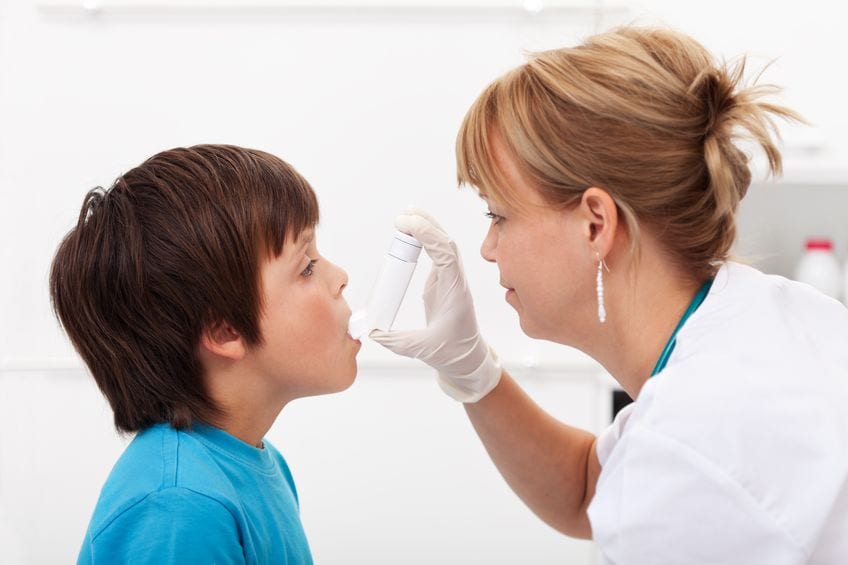In the article below we are going to go through all the data surrounding the career of respiratory therapy, how to find the best respiratory therapy training and what it will take to get in to the growing career in a few easy to follow steps. Lets not waste any more time so lets get started!
How to Become a Respiratory Therapist
To become a respiratory therapists it is necessary to at minimum have an associate’s degree and in most cases have bachelor’s degrees in respiratory therapy. All states except Alaska require their respiratory therapists to be licensed. We will go over the details of becoming a respiratory therapist below.
What is a Respiratory Therapist?
Emergency care is also in their coverage. Situations like people drowning, in shock or having a heart attack are in their scope of work. Respiratory therapy is actually a very big part of the medical care, millions of people get across the world. But the job does go a little under the radar, because many people assume they are probably just nurses. Below is a deeper look at their job duties.
Consult with physicians about treatments
Do diagnostic testing
Treat patients using numerous treatment plans
Monitor patients’ progression and health
Show their patients how to take medications, use equipment
Where do Most Respiratory Therapists Work?
Nursing facilities – 5%
Physicians Office – 2%
Choose a Respiratory Program Accredited by the CoARC
Attending a program that is accredited by the Commission on Accreditation of Respiratory Care is the most important decision you can make when selecting a school to attend.
Get Your Respiratory Therapy Certification
Respiratory therapy certification is overseen by the National Board of Respiratory Care. The two levels of certifications are the Certified Respiratory Therapist (CRT) and Registered Respiratory Therapist (RRT). Below we get in to more detail about them.
Certified Respiratory Therapist (CRT) – To become a CRT you will be taking the (TMC) Therapist Multiple-Choice Examination. This test will measure your essential skills, knowledge and your abilities. All the things that will be required of you as a working respiratory therapist.
Registered Respiratory Therapist (RRT) – The RRT credential is nationally recognized as the highest standard for respiratory therapists. Their are two exams to get your RRT certification. The first exam is the (TMC) Therapist Multiple-Choice Examination. How you do on this exam determines if you are eligible for the (CSE) Clinical Simulation Examination. This exam tests your clinical training and hands on skills and training.
Skills of a Successful Respiratory Therapist
Below is a short list of skills that a successful RRT or CRT would have.
Detail oriented
Interpersonal skills
Patience
Problem-solving skills
Science and math skills
Respiratory Therapist Salary
Below is a breakdown of the average respiratory therapy salary, pay, where they most often work and the overall career outlook. All data comes from bls.gov’s latest statistics.
As of May 2017 the median annual wage for respiratory therapists was $59,710. The bottom 10% earned around $43,120, and the top 10% earned around $83,030.
Offices of physicians – $61,370
Nursing care facilities – $60,320
Hospitals – $59,900
Respiratory Therapist Salary by State
Below is the list of the average respiratory therapist hourly pay and salary for all 50 states.
State / AVG. Hourly Pay / AVG. Annual Salary
Alabama / 22.64 / 47090
Alaska / 34.53 / 71820
Arizona / 26.66 / 55460
Arkansas / 23.69 / 49280
California / 37.89 / 78820
Colorado / 28.82 / 59940
Connecticut / 33.27 / 69210
Delaware / 29.61 / 61590
District of Columbia / 34.01 / 70740
Florida / 27.02 / 56200
Georgia / 26.19 / 54480
Hawaii / 31.37 / 65250
Idaho / 26.49 / 55100
Illinois / 26.48 / 55070
Indiana / 26.09 / 54270
Iowa / 24.8 / 51590
Kansas / 25.41 / 52860
Kentucky / 23.33 / 48530
Louisiana / 25.51 / 53060
Maine / 27.68 / 57580
Maryland / 32.54 / 67690
Massachusetts / 34.18 / 71090
Michigan / 26.6 / 55320
Minnesota / 31.98 / 66520
Mississippi / 23.26 / 48390
Missouri / 25.58 / 53200
Montana / 25.87 / 53810
Nebraska / 25.25 / 52530
Nevada / 34.92 / 72630
New Hampshire / 30.61 / 63660
New Jersey / 34.59 / 71940
New Mexico / 26.08 / 54240
New York / 34.18 / 71100
North Carolina / 26.11 / 54310
North Dakota / 25.43 / 52900
Ohio / 26.03 / 54150
Oklahoma / 25.4 / 52830
Oregon / 31.99 / 66530
Pennsylvania / 28.03 / 58300
Rhode Island / 30.27 / 62970
South Carolina / 26.71 / 55560
South Dakota / 24.71 / 51400
Tennessee / 23.82 / 49540
Texas / 27.92 / 58070
United States / 26.46 / 55028.5
Utah / 28.35 / 58970
Vermont / 30.19 / 62800
Virginia / 28.55 / 59380
Washington / 33.04 / 68720
West Virginia / 23.81 / 49530
Wisconsin / 28.84 / 59980
Wyoming / 27.43 / 57060
Overall Career Outlook for Respiratory Therapists
Bls.gov reports a 23% increase in demand for the career over the next decade. As all middle-aged and older citizens in the U.S. population will continuously lead to an increased incidence of respiratory conditions that will drive the demand for respiratory therapists across the country.
Pneumonia, (COPD) chronic obstructive pulmonary disease, and other disorders can permanently damage the lungs and restrict lung function are the top problems that the older generations will be having in larger numbers. More CRTs and RRT will be needed to care for them due to that. This in turn, means that the career as a whole will be growing from over 120,000 working therapists to over 160,000 through 2026.

